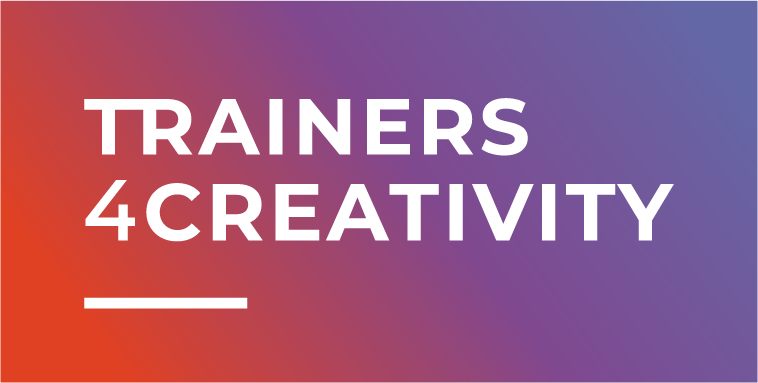ZINE CREATION INITIATIVES WITH YOUNG PEOPLE
Notice: Trying to access array offset on value of type bool in /var/www/vhosts/trainers4creativity.eu/httpdocs/wp-content/plugins/elementor/includes/base/widget-base.php on line 224
Notice: Undefined offset: -1 in /var/www/vhosts/trainers4creativity.eu/httpdocs/wp-content/plugins/elementor/includes/base/controls-stack.php on line 696
Synopsis
In 2021, Equitas started a zine (a small-circulation DIY printed publication) to share the many stories of the young members of the different communities where they are active.
We believe this practice can be followed by similar organizations that are in direct contact with young people. In fact, zines can help the motivational issues of kids & teens by giving them a way to express themselves, a sense of pride by being published, and young readers of the zine can also feel inspired to express themselves as well.
Area of accessibility
Motivational issues
Methods
A zine can take many forms, the simplest (and more DIY) being simply a large sheet of paper in which the kids will draw or stick their contributions. An ingenious short video was made by the Centre Pompidou in Paris to show how kids can create themselves a single zine. In this case each zine is unique so the distribution is limited.
Another way is to create the pages on A4 sheets of paper (by writing or sticking elements to each sheet). Once the pages are finalized, the next step is to scan them and to print them using a regular printer. This way multiple copies can be made and distributed. A beautiful example of the end result is the fanzine of the Museo del Mundo.
Furthermore, it is also possible to work with the kids only on the text content and handle the design separately with a dedicated software. This was the method adopted by Equitas in their zine. This requires a good knowledge of a vector graphics editing software (e.g. Adoble Illustrator).
At last, many organizations now publish their zine online to make it easier to share on online communications. For that, the easiest way is to scan the magazine and join the different pages in a PDF file. There are tools which allow you to turn a pdf into a “eMagazine” like the one used by Equitas: FlipHTML5. After uploading the PDF into the tool, a URL to access the zine online is given which can be added to social media posts, newsletters, website…
Why is it a good practice in the accessibility area?
Although not a new practice, Zine creation remains an interesting and relatively inexpensive medium to create content collaboratively. The content can be very diverse in its format and give the creators freedom to express. Furthermore, the distribution is now facilitated in the digital era as zines can also be turned into digital format and shared in different social media channels.
Zine can also be an innovative way to engage kids on a particular topic or event. In fact, we have found a few examples of museums which have organized zine making activities in the context of specific exhibitions (for example here or here). This allows the participants to dig deeper on the topic and exchange different perspectives around the topic of the exhibition. At the end, the museum can also use the zine as a communication for other kids & teens to get them to visit the exhibition/event.
Finally, insightful research has also been carried out on the benefits of zine making for young people from marginalized communities (LGBTQ+ in particular). The 2 research we found on the topic shows signs that zines work to strengthen the presence of marginalized voices while also offering an important resource for community-building and political resistance.
However, writing in “Easy Read” or “plain” language can be challenging for anyone as it can be far from our writing habits, and what is considered “good” in writing. Many best practices can be found to follow these styles but using a dedicated tool like Capito Digital offers many advantages. First, it is easy to use as you can just import your text and directly update it according to the recommendations it proposes. Moreover, it allows one to have an unbiased opinion on the accessibility level of the writing and to update the text according to the language level of people you want to reach (A1, A2 or B1).
Promotor
For this case study, we focused first on an example of fanzine by a specific organization (Equitas) but we also mention the zines from many other organizations, in particular museums, as there are multiple possibilities with this medium.
Equitas, a Canadian NGO dedicated to Human rights defense all over the world. One of its core focuses is education and they are often working with kids to raise awareness on human rights topics. In total, 920,000 kids have been reached by their different actions in Canada.


